What Is the UU Triaxial Test Apparatus?
In geotechnical engineering, understanding how soil behaves under different stress conditions is crucial for safe and effective design. The Unconsolidated Undrained (UU) triaxial test is one of the most widely used laboratory tests for quickly assessing soil strength, especially in undrained conditions. The apparatus used in this test is designed to simulate short-term loading scenarios, such as those experienced immediately after construction or during rapid loading events. Let’s explore what the UU triaxial test apparatus is and how it plays a key role in soil analysis.
How Does the UU Triaxial Test Differ from CU and CD Tests?
The UU test is part of the triaxial testing family, which also includes the Consolidated Undrained (CU)1 and Consolidated Drained (CD)2 tests. What sets the UU test apart is that it does not involve any consolidation or drainage during the test.
Comparison of Triaxial Test Types
| Test Type | Consolidation Stage | Drainage During Shearing | Typical Use Case |
|---|---|---|---|
| UU (Unconsolidated Undrained) | No | No | Short-term strength, undrained loading |
| CU (Consolidated Undrained) | Yes | No | Effective stress analysis, slopes |
| CD (Consolidated Drained) | Yes | Yes | Long-term stability, foundation design |
In the UU test, total stress3 is measured rather than effective stress. This makes the method fast but less precise in certain situations, especially where pore pressure plays a critical role.
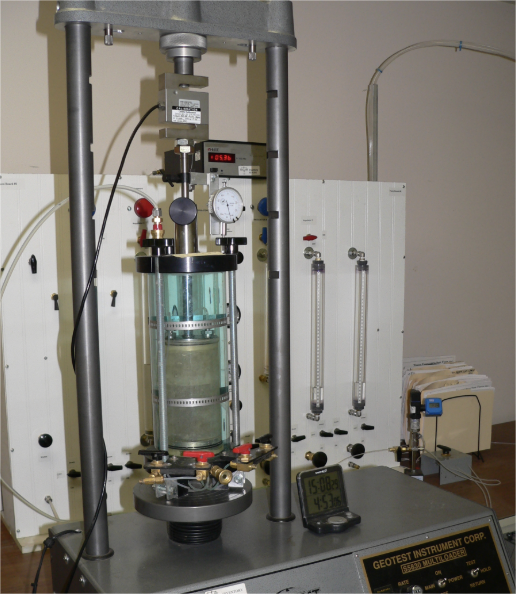
Applications of the UU Test in Soil Stability Analysis
The UU test is especially valuable when engineers need quick estimates of undrained shear strength4, particularly in cohesive soils like clay. It’s commonly used in:
- Short-term construction stability evaluations (e.g., embankments, excavations).
- Preliminary site investigations where quick decisions are required.
- Soft clay assessments where drainage is negligible during loading.
- Slope failure analysis under rapid loading or rainfall events.
Real-World Application Example
A highway embankment built on marine clay requires rapid assessment of slope stability before rainfall. The UU test helps determine undrained shear strength (Su), ensuring safe design margins without waiting for consolidation data.
| Soil Type | Undrained Shear Strength (kPa) | Safety Insight |
|---|---|---|
| Soft Clay | 25–45 | Marginal for load-bearing |
| Medium Clay | 45–75 | Acceptable for short-term embankment |
| Stiff Clay | >75 | Good immediate strength |
The test provides fast, reliable insight for scenarios where immediate stability is a concern.

Key Equipment Required for a UU Triaxial Test
The UU triaxial test requires a standard triaxial testing setup, but without the need for back pressure systems or pore pressure measurement devices5.
Essential Components:
-
Triaxial Cell
- Holds the soil specimen and applies confining pressure6 (σ₃).
-
Soil Specimen
- Typically cylindrical (38 mm diameter, 76 mm height), enclosed in a latex membrane.
-
Loading Frame
- Applies vertical or axial stress (σ₁) to induce shear.
-
Pressure Control System
- Controls the cell pressure but does not allow drainage.
-
Load and Displacement Sensors
- Measure axial force and deformation.
-
Data Logger or Digital Console
- Records load, deformation, and calculated shear strength.
Equipment Setup Diagram
| Component | Function |
|---|---|
| Triaxial Cell | Confines the sample with pressure |
| Axial Load Frame | Applies vertical loading |
| Dial Gauges / LVDTs | Measure strain and displacement |
| Load Cell | Records applied force |
| Latex Membrane | Isolates sample from fluid |
The simplicity of the UU apparatus makes it cost-effective and quick to operate, especially for large testing programs.

Benefits and Limitations of the UU Testing Method
Like all engineering methods, the UU test comes with advantages and trade-offs7. It excels in speed and simplicity but is not always suitable for long-term or effective stress evaluations.
Benefits:
- Fast turnaround time8—ideal for rapid field decisions.
- Minimal setup complexity—no saturation or consolidation needed.
- Low cost—compared to CU or CD tests.
- Useful for cohesive soils in undrained conditions.
Limitations:
- Does not measure pore pressure—no effective stress analysis.
- Not suitable for granular soils or long-term behavior.
- Can overestimate strength in some drainage-prone conditions.
- Limited applicability in seismic or cyclic load scenarios.
Summary Table: Pros and Cons
| Aspect | Advantage | Limitation |
|---|---|---|
| Time and Cost | Fast and economical | May compromise detail and accuracy |
| Applicability | Effective in undrained cohesive soils | Not suitable for drained conditions |
| Data Output | Provides total stress parameters | Lacks pore pressure and effective stress |
| Simplicity | Requires basic equipment only | Less flexible for complex analyses |
Despite its limitations, the UU test remains a staple in geotechnical investigations where speed and simplicity are top priorities.
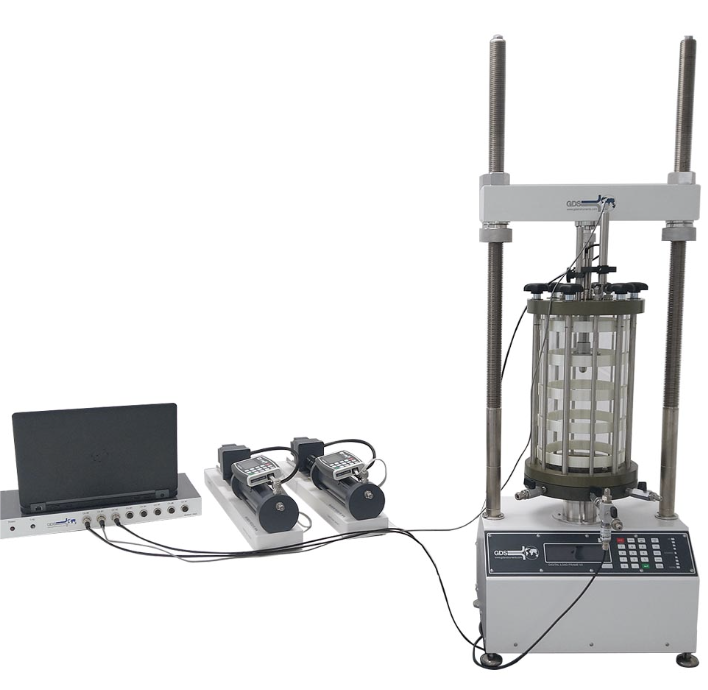
Conclusion
The UU triaxial test apparatus is a powerful tool for quickly assessing undrained shear strength in cohesive soils, especially during early-stage site evaluations and rapid construction planning. While it doesn’t offer the detail of CU or CD tests, its efficiency, ease of use, and relevance in short-term stability analyses make it a critical part of any geotechnical engineer’s toolbox. When time is short and safety is key, the UU test provides the answers engineers need—fast.
-
Explore this link to understand the CU test’s significance in effective stress analysis and its applications in geotechnical engineering. ↩
-
Learn about the CD test to see how it contributes to long-term stability and foundation design in civil engineering projects. ↩
-
Understanding total stress is crucial for interpreting test results and making informed engineering decisions; explore this resource for deeper insights. ↩
-
Understanding these methods can enhance your engineering assessments and decision-making in soil stability. ↩
-
Understanding these components can enhance your knowledge of triaxial testing and its applications in soil mechanics. ↩
-
Exploring this concept will provide insights into how confining pressure affects soil behavior during testing. ↩
-
Understanding the advantages and trade-offs of the UU test can help you make informed decisions in engineering applications. ↩
-
Exploring the benefits of fast turnaround time can enhance your knowledge of efficient engineering practices. ↩

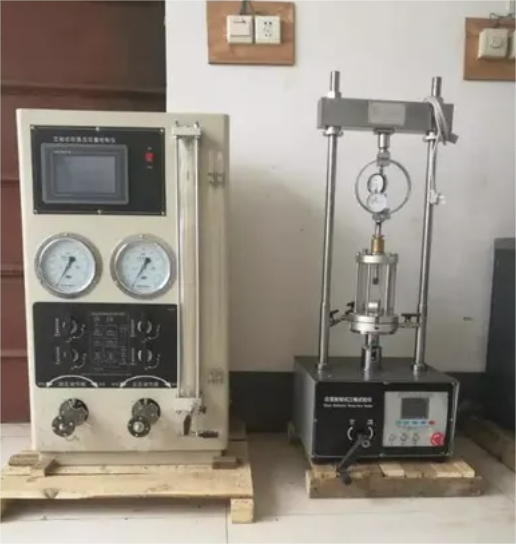
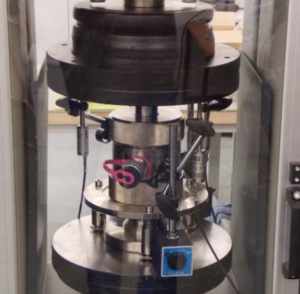
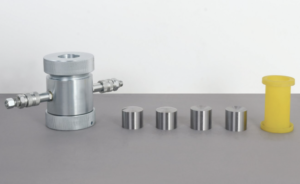
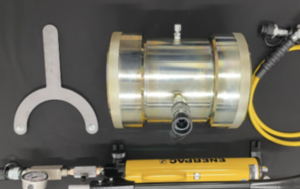

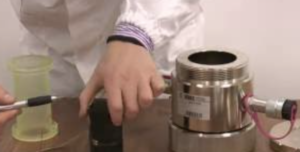
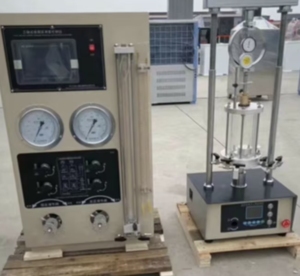

One Response